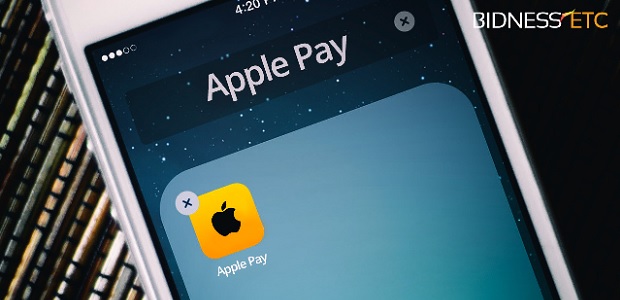
Apple Pay is the go-to digital wallet for most debit card users, according to new data from Auriemma Consulting Group.
An Auriemma study of debit card issuers shows that Apple Pay makes up 77% of mobile wallet transactions. Samsung Pay and Google Pay, Apple Pay’s main competitors, make up 17% and 6% of transactions, respectively.
One clear reason for Apple Pay’s dominance: more users. Of the “big three” payment apps, Apple Pay was the first to market when it launched in 2014 and has seen higher adoption, particularly among debit card users.
“The high adoption rate among debit card users may come down to demographics,” said Anita Solaman, Director of Auriemma’s Debit Management Roundtable, an information-sharing group for product executives. “Apple users skew younger, and younger consumers are more likely to be debit users.”
While mass-market issuers tend to emphasize credit cards, debit cards are a core product for many smaller financial institutions. That’s one reason regional banks and credit unions that issue debit cards were quick to offer Apple Pay to their customers when the service launched. Debit-focused issuers view Apple Pay and other mobile wallets as key to driving engagement among customers.
“Regional banks with large debit card portfolios are focused on driving top-of-wallet usage,” Solaman said. “That means embracing mobile and digital options, particularly for younger customers.”
Mobile wallets are also a way for regional banks to go digital without developing a standalone app. As mass-market issuers like Chase have come to market with their own branded digital wallets, many regional banks are focused on driving adoption of apps like Apple Pay that consumers already have on their devices.
Debit card issuers have launched marketing campaigns to drive adoption of Apple Pay and other mobile wallets. And now, many banks are taking a more hands-on approach to enroll users. When a customer opens a new account in a bank branch, for example, sales associates will show them how to add their debit card to the mobile wallet on their device.
“Provisioning a card has become part of the onboarding process,” Solaman said. “Banks are making it even more seamless to add a card to the mobile wallet to spur adoption and usage.”
While Apple Pay has the most market share, Samsung Pay users are the most engaged. In fact, the average Samsung Pay user makes 7.3 transactions each month, compared to 5.5 transactions for Apple Pay and Google Pay users.
The higher engagement among Samsung Pay users is likely due to the service’s wider acceptance market. Unlike Apple Pay and Google Pay, which only work with NFC card readers, Samsung Pay is also compatible with the traditional magstripe card readers many merchants still use.
Even as usage grows, mobile payments are still a niche product, making up just 0.6% of debit card transactions in Q2. But the category is growing fast. In fact, the share of debit transactions made in mobile wallets increased 75% year-over-year, according to Auriemma’s debit card issuer study. Banks expect faster checkout and smoother customer experience to drive the gradual increase in adoption of mobile wallets.
Mobile wallets will continue to be an important part of issuers’ strategies as adoption rises.
“Roadmaps for 2019 are all about digital, friction removal, and customer experience,” Solaman said. “For many debit card issuers, mobile wallets are a key part of that strategy.”
Banking 4.0 – „how was the experience for you”
„To be honest I think that Sinaia, your conference, is much better then Davos.”
Many more interesting quotes in the video below: